Upcoming WebSummit on
Starting in:
The number of globally infected persons from COVID-19 are sharp racing towards the 5 million mark. Amongst the medical community and experts at large, the propagation mechanisms of COVID 19, appears to have reached some sort of consensus. Continuous social mixing of humans and continuous aggregation of humans, whether indoors or outdoors, appears to be a recipe for fast propagation.
This has been repeatedly demonstrated in cruise ships, during religious congregations, staycations whether in the outdoors or hotels, and other closed systems such as the lavatory and bathrooms. Separation of humans, short contactless engagements, and fresh circulation of air, appear to help reduce the pandemic propagation.
Many global models have pointed to the rapid propagation of COVID-19, across the cold temperate zones of the world. Inversely, these models show a lower propagation across the warmer belts of the world, in comparison to a higher propagation across the colder belts. However, there is as yet no empirical and definitive research about the correlation of global temperature zones and the spread of COVID-19.
According to WHO in March 2020, available evidence indicates that COVID-19 virus is transmitted during close contact through respiratory droplets such as coughing and by fomites. The virus can spread directly from person to person when a COVID-19 case coughs or exhales producing droplets that reach the nose, mouth or eyes of another person.
Alternatively, as the droplets are too heavy to be airborne, they land on objects and surfaces surrounding the person. Other people become infected with COVID-19 by touching these contaminated objects or surfaces, then touching their eyes, nose or mouth.
So, while, outdoor air is beyond the control of citizens at large, there is a school of research and thought that advocates the management of indoor air conditions, inhibiting the propagation of COVID-19, indoors. Indoor air conditions are determined by the intrinsic purity of air, temperature and relative humidity. Linked to indoor air conditions, is also the condition of indoor surfaces.
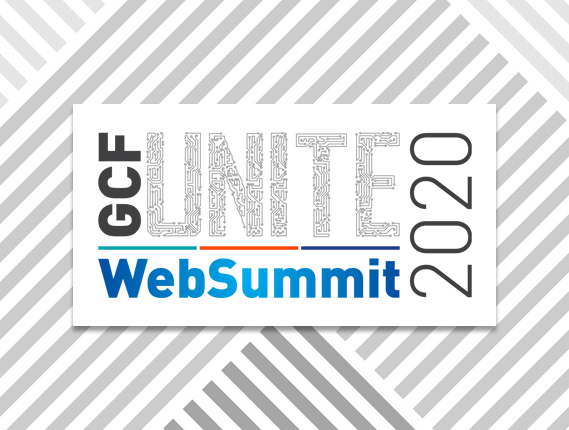
Sign Up for the newsletters.
by Paul Slater Vice President, Operations and Health, Safety And Environment | Pradeep Viswanathan, Global System Architect, MEA and India, Digital Energy Division, Schneider Electric | Jeffery Smith, WHO Consultant | Mansoor Ali, Founder of Amfah India
03:40 -04:15 PM | (Gulf Standard Time)
WHO consultant and environmental health solutionist

WHO consultant and environmental health solutionist
Jeffery K Smith is a passionate advocate for environmental protection, CleanTech and Clean Energy. His mission is to use Big Data to allow Governments, Industry and citizens to make smart decisions to protect public health and increase productivity. Jeffery is a noted Influencer on several social media outlets. He works with individuals, citizens groups, and policymakers to help connect research and data for informed decisions and environmental responsibility.
Jeffery has been monitoring air quality levels in New Delhi since his daughter was hospitalized for acute respiratory distress in the winter of 2008. He spent 9 years in Delhi as a researcher and advocate for environment. He speaks Hindi and his wife was born in India.
Jeffery is a founding member of Help Delhi Breathe, a coalition of individuals and NGOs working to promote awareness of the health effects of air pollution and empower policymakers and individuals to take action.
He is a member of ASHRAE, ISHRAE, CASANZ, and IAQA.
Jeffery K Smith currently supports BreatheLife, a Global campaign for clean air. BreatheLife is a global campaign led by WHO, the Climate & Clean Air Coalition, UN Environment, The World Bank, and supported by the Government of Norway. BreatheLife combines public health and climate change expertise with guidance on implementing solutions to air pollution in support of global development goals. The campaign advocates action in the areas of knowledge sharing between cities, increasing monitoring, supporting solutions and educating people.
Global Head - Content and strategic Alliances

Global Head - Content and strategic Alliances

Anushree has over a decade's experience in content curation and strategic business relationship. She also has an extensive background in event management and relations. Prior to joining GEC Media Group, Anushree has handled key positions in Datamatix and few other companies in India. Her core strength are business content development, Relationship building, Event management and forging strategic alliances on regional and global level. In her current role, she is responsible for driving the content and group's strategic partnerships and alliances globally, covering key regions - META, SEA and the US.
Vice President , Operations and Health, Safety and Environment at GEMS Education

Vice President , Operations and Health, Safety and Environment at GEMS Education
Paul Slater is a passionate health, safety and environment professional, with over 15 years’ experience. In his current position as Vice President Health, Safety and Environment within GEMS Education. He is responsible for developing and implementing the strategic health and safety vision across the GEMS network of schools and support functions, while also providing operational health, safety and environment support.
Paul has worked in various sectors in the UAE and Middle East for the past ten years, before which he was based in the UK. Paul holds a Master’s degree in safety and risk management from Robert Gordon University in the UK and is a chartered health and safety professional with the Institution of Occupational Safety and Health (IOSH).
Former Director, Life Essentials, Unilever
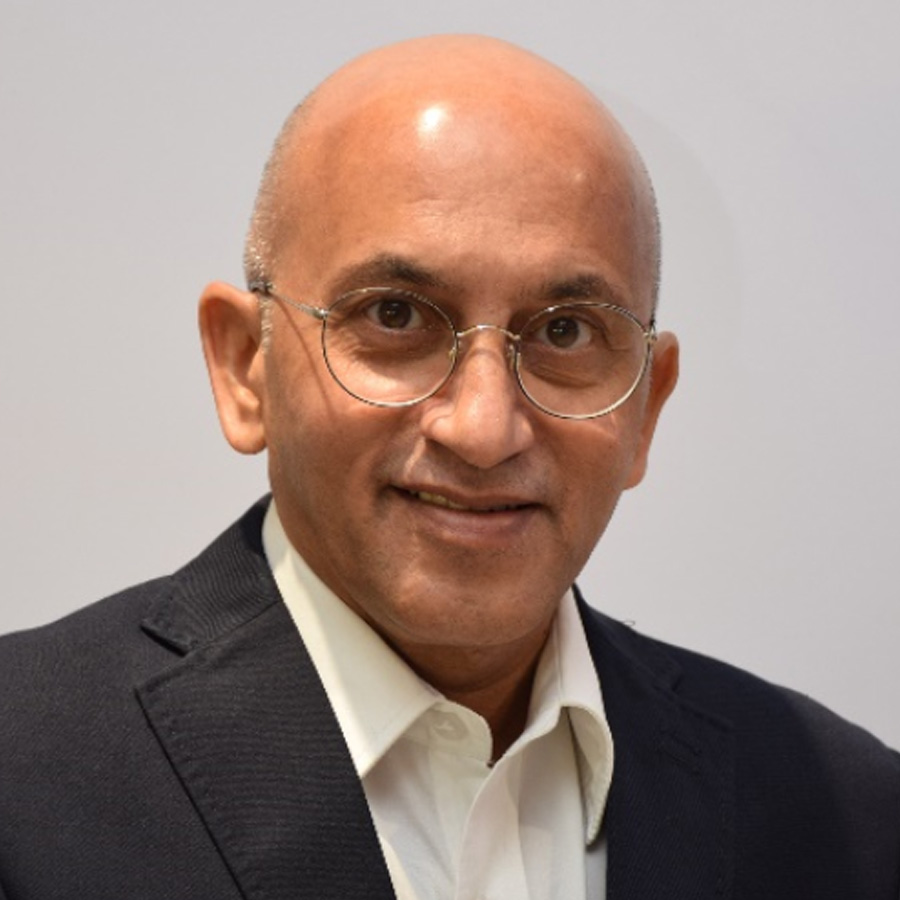
Former Director, Life Essentials, Unilever
Global and Cross functional experience of 33 Years in Business Operations, Strategic Management, Turnaround Initiatives and Business Development with majors in Consumer and Farm Equipment Industries.
Girish has worked with companies like Unilever, Godrej GE, Daewoo Electronics, LG in India and Supra (a brand of Jumbo Electronics) and Nikai in Dubai. He has worked with the farm equipment brand of Mahindra Tractors in India and Europe.
A master in Strategy Development and Operational improvement while leading business with P&L responsibility. He has re-engineered an entire business operation for profit and growth, by restructuring a complex Global Supply Chain with a unique customer centric approach.
Girish has built enduring brands and has successfully performed Marketing and Sales roles in India and Middle East. He has vast exposure in business development and has worked on acquisitions in India, Europe and China. He was involved in managing a start-up in a fiercely competitive industry.
A leader as well as a team player, with exceptional skills to build and sustain growth momentum while motivating peak performance from teams. He has served as Director on Board of Mahindra & Mahindra and Unilever Group Company.
Academic Engagement:
Girish has flair for teaching at Management Institutes with 29 years of experience as a visiting faculty at Welingkar, ADMI- Mumbai University and iFEEL. He is actively involved in Corporate Training in leading companies in India.
Education:
Girish is a qualified Mechanical Engineer from Manipal Institute of Technology and a Masters in Management Studies from Welingkar Institute. He has immense exposure to various Global Management programs with IIM Ahmedabad, ISB Hyderabad and University of Michigan Business School. He was a Research Scholar in Consumer Buying Behavior at Symbiosis International University.
CEO of BreatheEasy
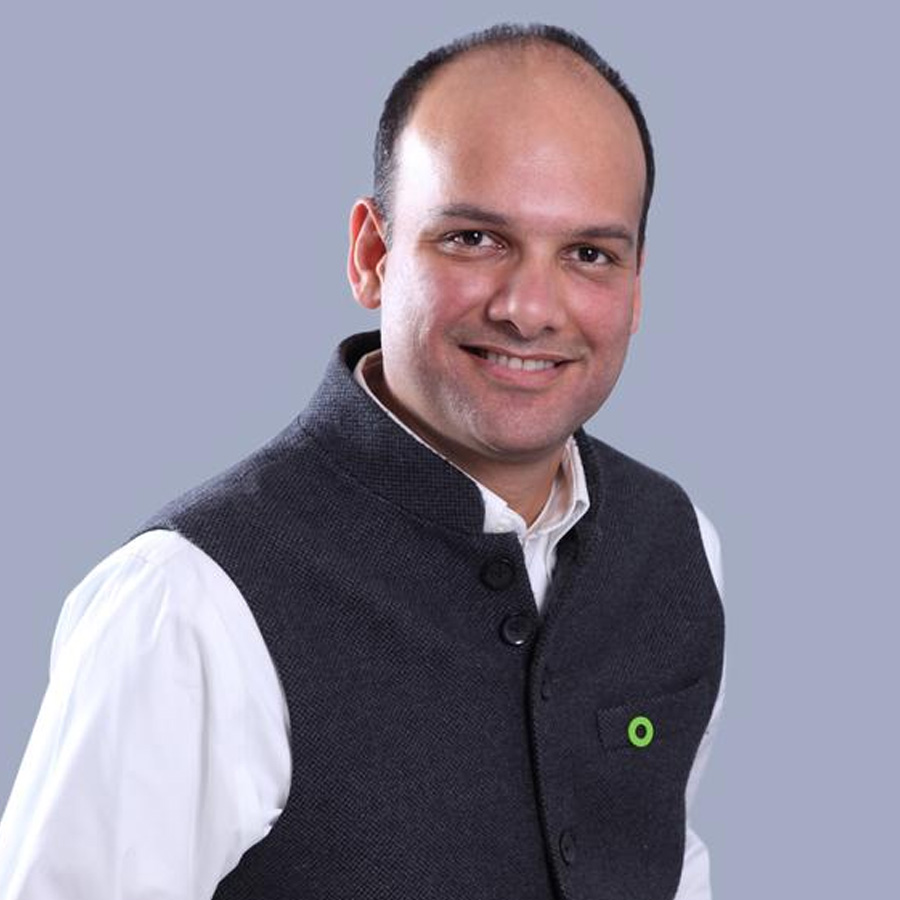
CEO of BreatheEasy
Barun Aggarwal, CEO of BreatheEasy (https://breatheeasylabs.com) is one of India's leading full service providers for air quality (assessment, solutions, monitoring and servicing), whose focus is not only Indoor Air Quality (IAQ) but also energy conservation. BreathEasy is also the exclusive India partner for IQAir (www.iqair.com), a world-leading, 55-year-old Swiss manufacturer of premium room and personal air purifiers.
BreatheEasy is incubated under the Paharpur Business Centre Nehru Place - one of Delhi NCR's healthiest buildings in terms of air quality (having certifications from various national & international bodies like CPCB, IGBC, ASHRAE, among others) and been working on this subject for over 30 years now.
Barun is a serial entrepreneur with a versatile background and international experience spanning 20+ years in several continents. He currently heads his entrepreneurial venture BreatheEasy Consultants Pvt Ltd. with an aim to help individuals breathe pure air, by also providing companies to implement solutions for improving Indoor Air Quality while reducing energy consumption. Barun actively engages in creating awareness campaigns on climate crisis and in disseminating the message of environment stewardship, especially amongst school children. He has also co-founded an NGO, “Care for Air” to help create awareness about air pollution and health hazards associated with it.
IAQ Expert - IAQ Sweden AB
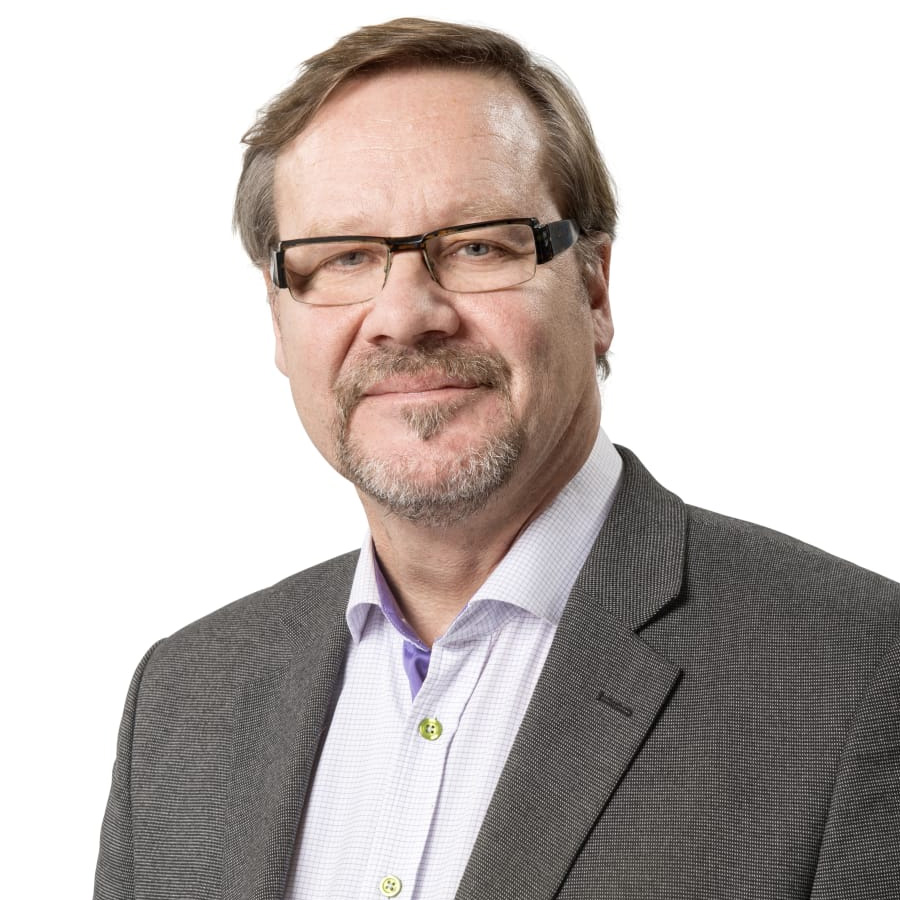
IAQ Expert - IAQ Sweden AB
Starting with apprenticeship in our family business as guilder and conservator for graphicsand art my interest was acid free fibers. Our family imported acid free boards from Holland. From the time at Institute of Material it went over to fiber studies in SEM, within fibers. From that i was starting to develop filters from fibers for Electrolux industrial hoovers. Starting up companies as Zehnder adn Calir international and finally as an expert at Camfil. Beside that i was hired 3 years as MD for East Europe for Alcro Beckers to set up business there. My focus today is I A Q and pollution in our homes.
Global System Architect, MEA & India, Digital Energy Division at Schneider Electric

Global System Architect, MEA & India, Digital Energy Division at Schneider Electric
Pradeep is a Solution Architect with a focus on integrated building management system solution designs and engineering. Pradeep has over 20 years of experience in iBMS solution design, engineering and implementation, with good exposure to large and complex projects across India, the Middle East and Africa.
Editor, GEC Media
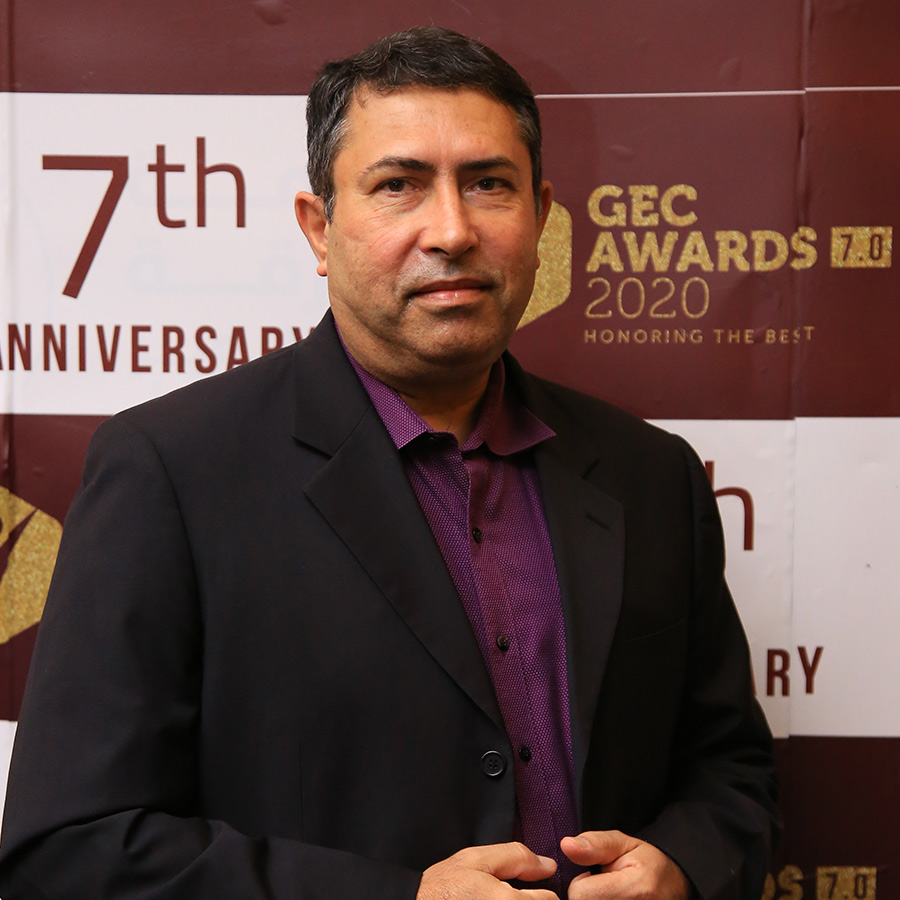
Editor, GEC Media

Arun Shankar is a well experienced technology journalist and editor in the region. He is the Editor of Enterprise Channels MEA and Business Transformation brands published by GEC Media Group. As part of GEC Media Group, he continues to moderate webinars, round table discussions, and panel discussions.
Overall, Arun has been a high-level content writer and content provider, covering business, technology and financial industries. He has experience of managing online business based on high value content, social media engagement, integrated reader experience through text, images, videos. He is well experienced in content workflow models, online sales strategies, online business development, online pricing, online marketing outreach.
He has a wide base-line of working in the print publishing and print journalism business and has worked in multiple African, GCC countries, and India. He has experience in marketing communication, media relations, public relations, event management, point of sales. He is a graduate in physical sciences with post graduate diploma in advertising, and management of technology.
Arun has over twenty-five years of work experience, across multiple Middle East, Africa, and India in the area of digital content, journalism, business analysis, marketing communication, public relations, sales, account management, supplier management.